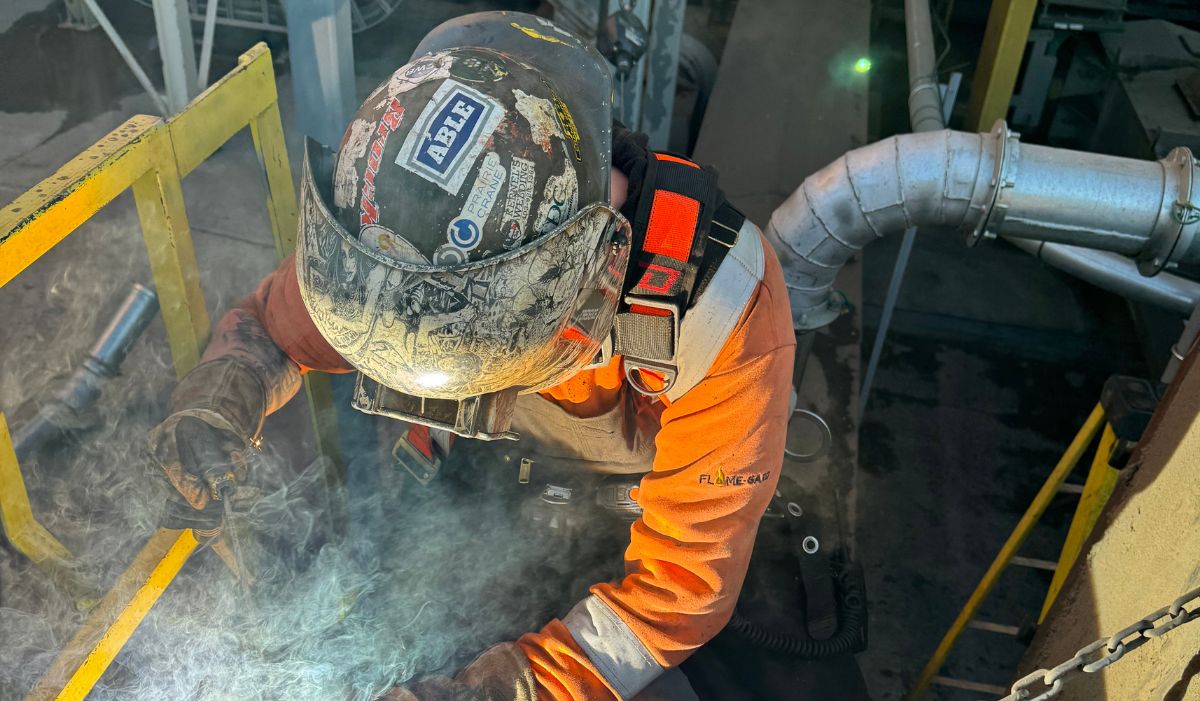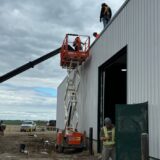Understanding Structural Steel Grades Used in Canadian Construction
Steel grades are the foundation of every reliable construction project—literally and figuratively. In Canada’s industrial and structural sectors, selecting the appropriate steel grade is essential to ensure safety, strength, and longevity. This article breaks down the key structural steel grades used in Canadian construction and helps project managers, engineers, and decision-makers understand how to choose the right material.
🔍 What Are Steel Grades?
Steel grades refer to the classification of steel based on its chemical composition and mechanical properties. These include yield strength, tensile strength, ductility, and corrosion resistance. For construction projects in Canada, steel must also meet national standards—specifically, the CSA G40.21 specification for structural steel.
Understanding the different steel grades and their applications helps ensure that materials are not only suitable for the design but also compliant with local building codes.
🇨🇦 Common Structural Steel Grades in Canada
When it comes to structural steel grades in Canada, a few options are widely used in industrial, commercial, and infrastructure projects:
- 44W / 300W: These are the most commonly used structural steel grades in Canada. They provide reliable weldability and are used in beams, columns, and general structural applications.
- 50W / 350W: Higher yield strength makes these grades ideal for heavy-duty structures such as bridges, large-scale industrial platforms, and load-bearing frameworks.
- AT Grade (Atmospheric Corrosion Resistant Steel): Used in exposed environments where corrosion resistance is important—such as industrial facilities or outdoor frameworks.
Each grade is suited for a specific purpose, and choosing incorrectly can result in material failure, costly repairs, or project delays.
🏗️ Why Steel Grade Matters in Canadian Construction
In industrial construction, every material decision has a ripple effect across the entire build. The choice of steel grade affects:
- Load-bearing capacity
- Resistance to weather and corrosion
- Ease of fabrication and welding
- Project cost and material availability
For example, using a higher-strength steel like 350W might seem ideal, but it could increase welding complexity and cost if the application doesn’t require it. This is where expertise in matching steel grade to project type becomes essential.
For more insights on this balance, explore our construction services page, which outlines how we manage material decisions at every stage.
🛠️ Steel Grades in Fabrication and Welding
Fabricators must be familiar with steel grade specifications to maintain quality and safety during manufacturing. Each grade responds differently to heat, pressure, and handling. That’s why we integrate grade specifications into every step of our steel fabrication process, from cutting and forming to welding and finishing.
When steel is improperly selected or handled, it can lead to brittleness, structural issues, or early failure—especially in demanding sectors like mining, agriculture, and heavy industry.
📋 Compliance and Certification Standards
In Canada, most construction projects require that structural steel comply with CSA G40.21 standards. Building codes in provinces like Saskatchewan, Alberta, and Ontario often refer directly to these standards when issuing permits.
As a result, sourcing and installing the correct structural steel grade in Canada isn’t just best practice—it’s a legal and safety requirement. This underscores the value of working with a qualified team that understands both regulatory needs and industry standards.
🧱 Real-World Applications of Structural Steel Grades
The type of steel grade used often depends on the project’s setting and purpose. At Credence Construction, we work with industries such as:
- Agriculture – Machinery platforms, grain storage supports
- Mining – Walkways, conveyors, protective housings
- Industrial Facilities – Pipe supports, maintenance platforms
- Greenfield Projects – Full structural frameworks built from the ground up
These projects often combine multiple steel grades, each suited to a specific function within the overall design. To support that complexity, our drafting and design services ensure every material decision is planned and modeled with precision.
🧰 Tips for Choosing the Right Steel Grade
If you’re overseeing a construction project in Canada, here are a few practical tips:
- Consult your engineer or steel supplier early in the planning phase.
- Review CSA specifications to ensure compliance.
- Match grade strength to real-world loads, not just projected ones.
- Work with experienced fabricators who can handle the grade you choose.
For long-term durability and lower maintenance, these early decisions often save both time and money.
✅ Final Thoughts
The selection of steel grades is far more than a technical detail—it’s one of the most critical decisions in any Canadian construction project. Whether you’re building an industrial facility, a commercial warehouse, or a structural platform, choosing the right structural steel grade in Canada ensures the strength, safety, and success of your build.
Explore more on our blog, like How Preventive Maintenance Can Save Your Facility Thousands, or reach out to discuss the material requirements for your next project.



